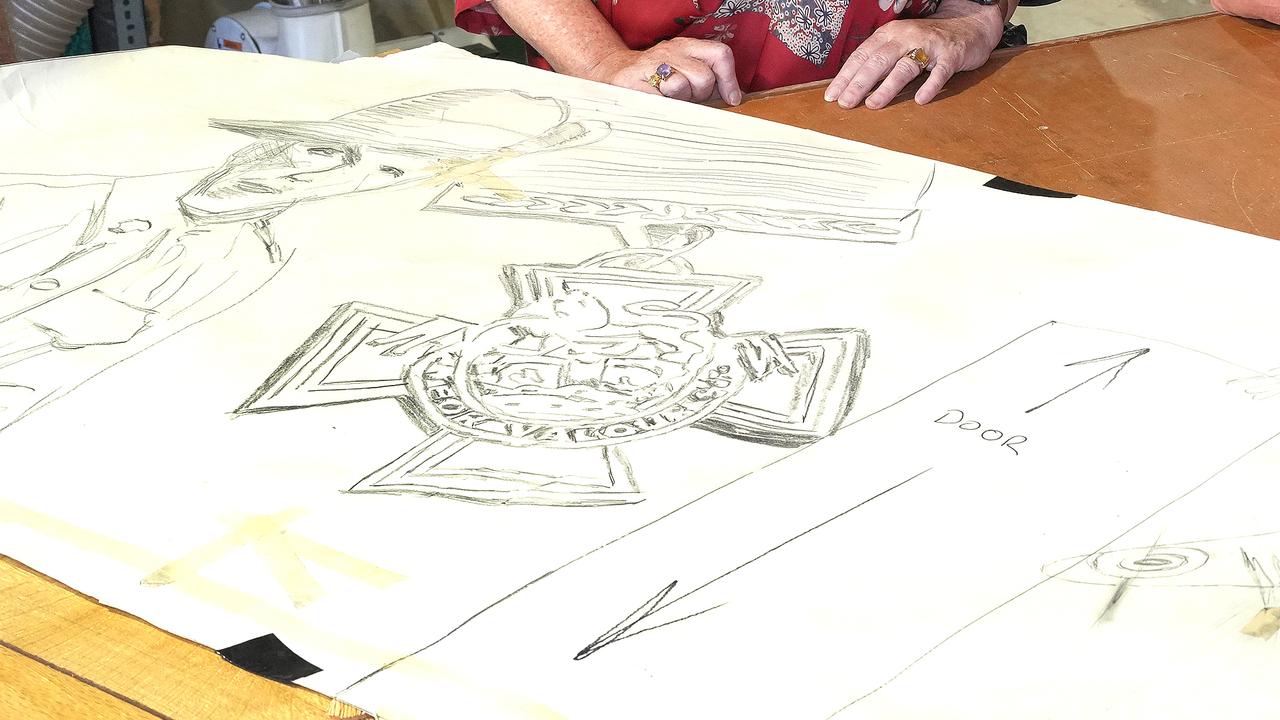NDIS ‘bed blocking’ turnaround frees up hospital beds and saves taxpayers $2500 a night per person
A major issue that has long plagued the National Disability and Insurance Scheme has dramatically improved, freeing up vital health resources.

National
Don't miss out on the headlines from National. Followed categories will be added to My News.
Chronic “bed blocking” where medically fit Australians with a disability are stuck in hospital waiting for somewhere to go has dropped to an average of 20 days – the lowest wait ever recorded – saving taxpayers and freeing up health resources.
At an estimated cost of $2,500 per person every night a National Disability Insurance Scheme (NDIS) participant is left languishing in hospital for no medical reason, the dramatic decline in average wait times as of November has saved hundreds millions of dollars compared to two years ago.

It can be revealed Australians with a disability who do not need to be in hospital are now freeing up beds some eight times faster than the worst rates occurring in 2022, when some NDIS participants were waiting an average of 160 extra days to be discharged.
NDIS Minister Bill Shorten said fixing the issue of “bed blocking” was an important part of the government’s work to get the scheme “back on track for people with disability and their families”.
“Having people spend unnecessary amounts of time in hospital prevents them from living the lives they want but also comes at the expense of the public health system, as hospital beds were being filled unnecessarily at a cost of approximately $2,500 a night to the taxpayer,” he said.

Mr Shorten said the reduction in discharge times was the result of the government’s investment in the National Disability Insurance Agency so it could work with state health systems and ensure “everyone is notified” when a participant enters hospital, and planning for their release can immediately start.
“We’re now seeing better communication between state and federal systems, who are working more closely together,” he said.
The agency now employs almost 200 staff, including specialist planners and health liaison officers, whose primary role is to support NDIS participants as they leave hospital and ensure they have a plan to reflects their needs for a “safe and timely” discharge.

Mr Shorten said the system still wasn’t “perfect” and the government knew it could “still do better”.
“But I’m pleased these times have reduced so significantly,” he said.
“It’s freeing up hospital beds for other Australians, but more importantly its helping participants get back to their lives, so they can get on with living and achieve the positive outcomes the scheme supports.”
In a report last year the Australian Medical Association (AMA) found “exit block” was one of the “major causes of hospital logjams” and though significant inroads have been made in reducing the discharge times for NDIS participants, saving taxpayers “hundreds of millions of dollars,” elderly Australians waiting for a residential aged care placement remain a major source of hospital bed block.
AMA President Dr Danielle McMullen welcomed the NDIS patient discharge improvements, but said more work was needed to address the issue.
“Exit block ... means means fewer beds for inpatient services, which results in increased waiting times for ambulance services, emergency department services, and essential elective surgeries,” she said.
“We call for further investment and collaboration from all governments in 2025 to clear Australia’s hospital logjam.”
More Coverage
Originally published as NDIS ‘bed blocking’ turnaround frees up hospital beds and saves taxpayers $2500 a night per person




